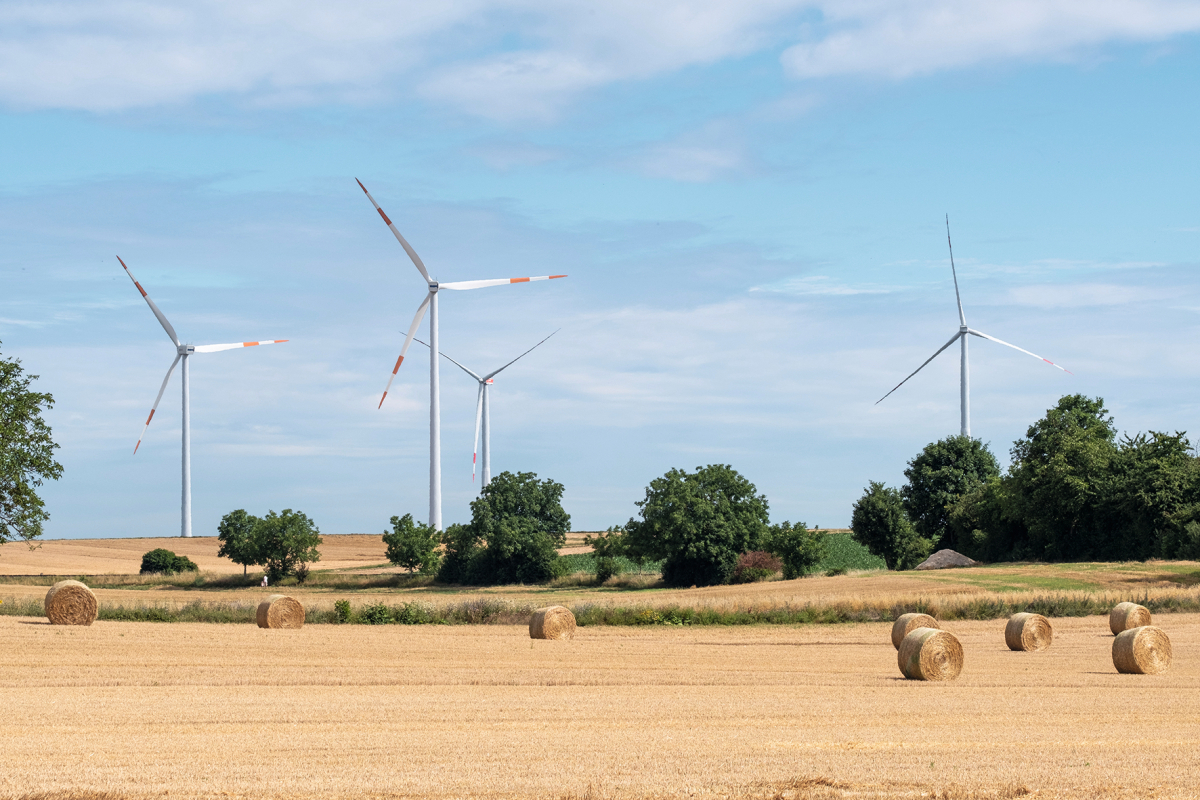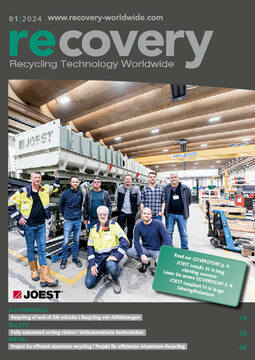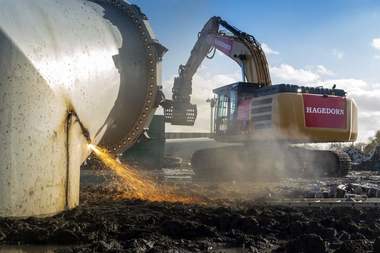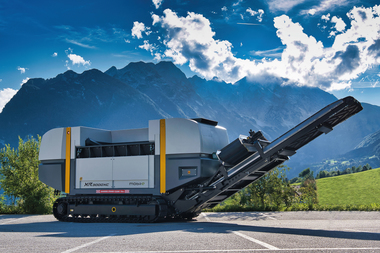Efficient recycling of rotor blades
Wind energy is one of the most important renewable energy sources in Germany. Since the end of 2020, wind turbines have reached the end of the 20-year subsidy phase stipulated in the Renewable Energy Sources Act for the first time. As continued operation is often not possible for technical, economic and building law reasons, the affected wind turbines must be dismantled and replaced.
 The BladeReUse project aims to develop a method for the resource-saving and CO2-reducing reuse of rotor blades in the infrastructure sector
The BladeReUse project aims to develop a method for the resource-saving and CO2-reducing reuse of rotor blades in the infrastructure sector
© Markus Breig, KIT
“While there are established recycling processes for steel, reinforced concrete and copper, the recycling of rotor blades made of fibre-reinforced composites has so far been an unsolved problem,” says Professor Thomas Ummenhofer, Head of the Steel and Lightweight Construction Department at the KIT Research Institute for Steel, Wood and Stone (VAKA). Based on the results of a research project, the Federal Environment Agency already warned of bottlenecks in recycling capacities for rotor blades made of fibre-reinforced plastics at the end of 2019. From 2024, the Federal Environment Agency expects a volume of dismantled rotor blades of up to 70 000 t/a. To date, the recycling industry in Germany only has one method for recycling large quantities of waste from fibre-reinforced plastics. The rotor blades shredded into flakes are thermally utilised in the cement industry. However, this recycling process not only emits large quantities of CO2, but also leads to sub-optimal final recycling by incineration of the fibre composite components, which are suitable for a service life of well over 20 years.
Against this background, and in particular due to the durability and robustness of fibre composites, researchers at KIT and partners in the “BladeReUse” project are developing measures that enable better recycling of rotor blade segments for products suitable for large-scale production in infrastructure construction. “Fibre composites are robust and durable. They could therefore be ideal for the construction of noise barriers, for excavation pit shoring or in coastal and water protection,” says project manager Dr Matthias Albiez from VAKA. The overarching aim of this project is to systematically develop and analyse the entire reuse process, from dismantling and disassembly, through testing, design adaptation and qualification for reuse, to testing the newly developed products under real-life conditions. The researchers are also analysing the life cycle assessment of the processes and investigating how CO₂ can be saved.
The companies involved in the project, which will run from 2023 to 2026, are Amiblu Germany GmbH, ICM-Composites GmbH & Co. KG, Leviathan GmbH, RAU Lärmschutzwände Geosystem GBK GmbH, Die Autobahn GmbH des Bundes Niederlassung Südwest and RWE Renewables GmbH are involved. The following research objectives are to be achieved in the overall project:
Development of a method for application-dependent segmentation of rotor blades
Development of automated and cost-effective disassembly processes, taking into account environmental and occupational safety requirements
Development of forming processes for thermoset component sections with the aim of converting curved rotor blade areas into flat plates
Development of testing and evaluation methods as well as methods for describing the degradation and long-term behaviour of the reused semi-finished products to qualify the components for further use depending on the application
Development of solutions for suitable applications, in particular noise barriers made from rotor blade segments
Qualification of „ReUse“ construction elements for further use in the construction industry, in particular with regard to structural safety aspects, through preliminary work as a basis for applying for approvals, e.g. for noise barriers
Development of a process for the use of granulated and processed residual elements in centrifugal casting
Economic and life cycle assessment analysis and evaluation of the reuse process with a focus on quantifying CO2 savings
Concepts for design before recycling for new rotor blades
The project is funded by the Lightweight Construction Technology Transfer Programme of the Federal Ministry of Economics and Climate Protection (BMWK).





